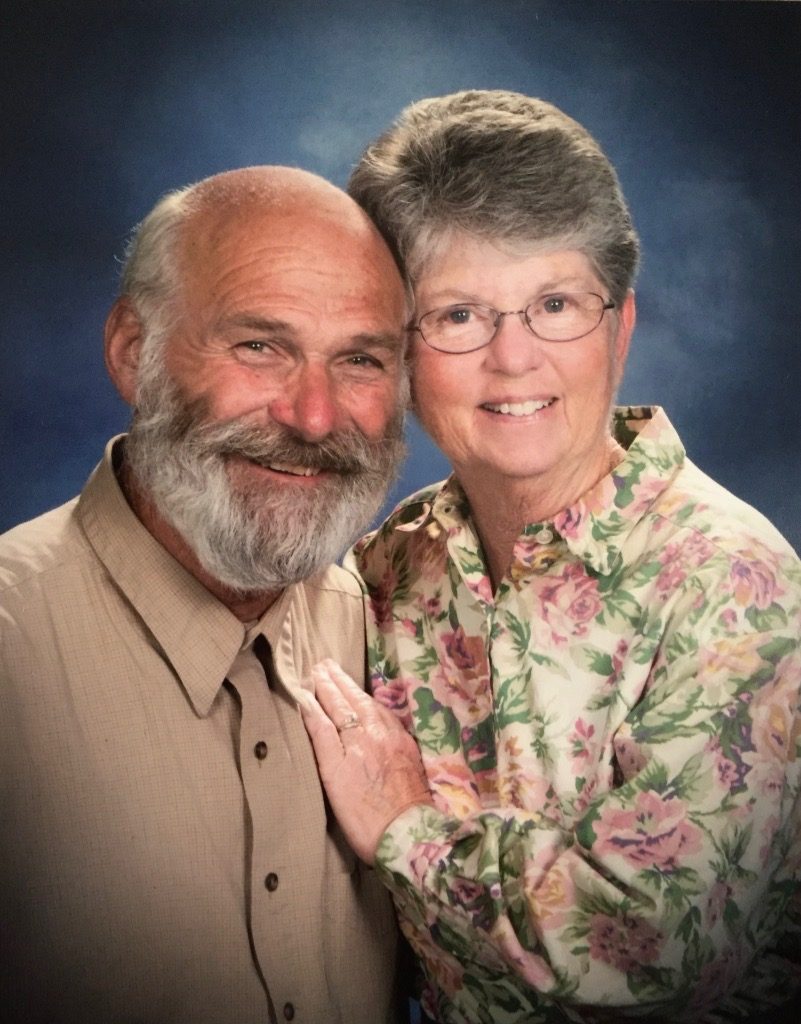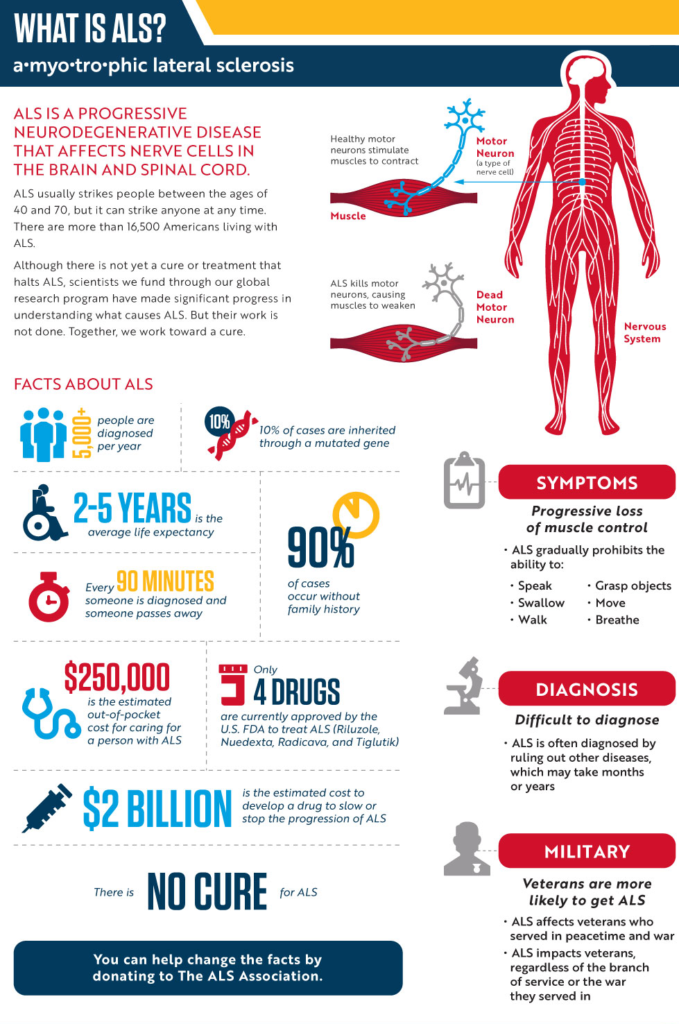After considerable thought and discussion with Jon, I am scheduled to have a Gastrostomy (G) Tube (aka feeding tube) inserted via interventional radiology at French Hospital in San Luis Obispo this afternoon, November 21. Outpatient procedure. This past Monday morning, we became aware of a cautionary red flag involving the protocol utilized by our local interventional radiologists vs. protocol utilized by UCSF specifically for ALS patients with breathing and swallowing issues. The main issue of concern is general anesthesia v. less sedation and no utilization of oxygen. Late Monday afternoon, UCSF’s highly trained and knowledgeable respiratory care practitioner (RCP) phoned our local interventional radiologist and comprehensively reviewed UCSF’s recognized protocol. UCSF does not use general anesthesia for ALS patients when inserting feeding tubes nor do they administer oxygen.
We believe we’re “good to go” now. Your prayers for our peace of mind as well as care and skill for the interventional radiologist, anesthesiologist, nursing staff, etc. will be appreciated. Admitting time is 11:30 a.m., surgery set for 1:30 p.m., discharge anticipated at 4:30 p.m.
The purpose of the G Tube is to supplement my daily food intake. Eating is becoming more challenging by the day, exhausts me, and swallowing presents a possible choking hazard.
Please be especially mindful of Jon. This is more difficult for him than it is for me. He’s walked through many phone calls, deliberations, some frustrating miscommunication and/or lack of communication between medical professionals and/or their staff, long periods of silence when we’ve been left wondering, etc. He is exhausted while being concerned for his wife’s well being. He’s a trooper but I know it’s taking its toll.
Thank you so much❣️


 My love affair with not just any hound—bloodhounds—started as a young, impressionable girl growing up in Sierra Madre. The small, charming community in southern California nestled beneath the San Gabriel Mountains is flanked by Pasadena on the west and Arcadia to the east. Every Fourth of July, the town hosted a festive parade on Sierra Madre Boulevard. Bloodhounds were always accompanied by the Sierra Madre Search & Rescue Team (SMSR). The high point for me!
My love affair with not just any hound—bloodhounds—started as a young, impressionable girl growing up in Sierra Madre. The small, charming community in southern California nestled beneath the San Gabriel Mountains is flanked by Pasadena on the west and Arcadia to the east. Every Fourth of July, the town hosted a festive parade on Sierra Madre Boulevard. Bloodhounds were always accompanied by the Sierra Madre Search & Rescue Team (SMSR). The high point for me!

